Home / UK & Europe / No, You Don’t HAVE to See th…
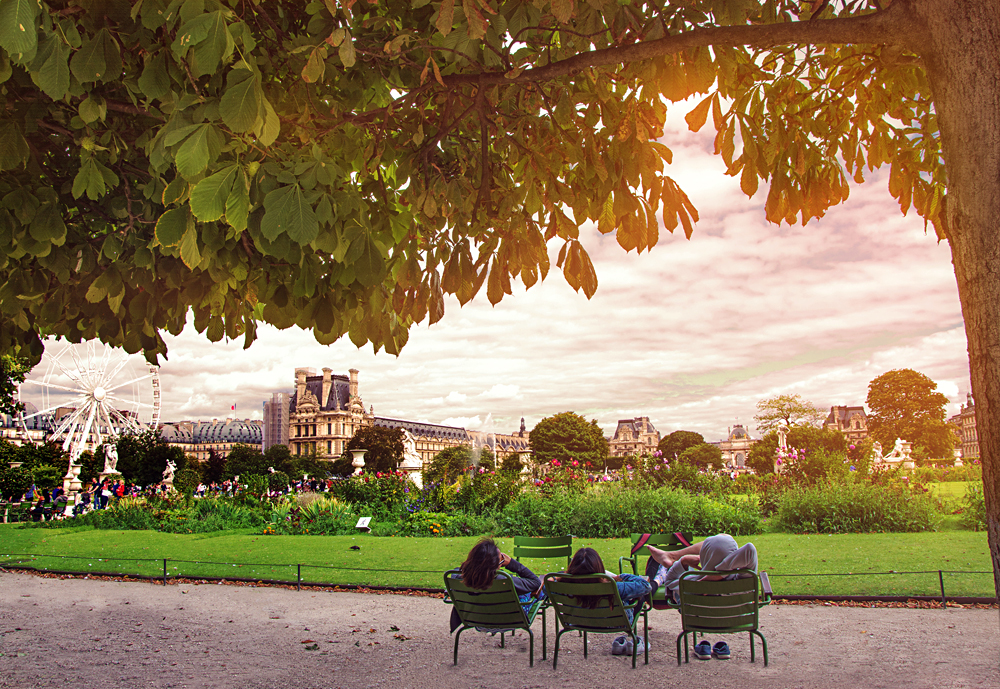
No, You Don’t HAVE to See the Louvre on Your Europe Vacation
I was in Berlin’s cavernous German Historical Museum when it happened. Staring down a vast hall of artifacts and comprehensive information from Charlemagne to Merkel. I was almost two weeks into a Central Europe vacation. I had explored the chilling halls of Budapest’s Terror Haza, ogled Mucha’s Slav Epic at the National Gallery in Prague, and let my jaw drop at the Pergamon and Neues Museums on Berlin’s Museum Island.
It was there, with a full heart and memory card, that it hit me. I was tired. I was “museumed out.” I was done. I wanted to see the sights, but I also wanted to experience Berlin after dark, not to mention its day to day charms outside. I could happily fly home without seeing another painstakingly preserved artifact, artwork, or costume, no matter how culturally significant or popular.
I would have to make peace with this if I was going to stay sane on this Europe vacation, or any future trip. A person can only take so much history and art at one time!
Suggested Itinerary:
11-Day Classic Eastern Europe: Budapest, Vienna & Prague
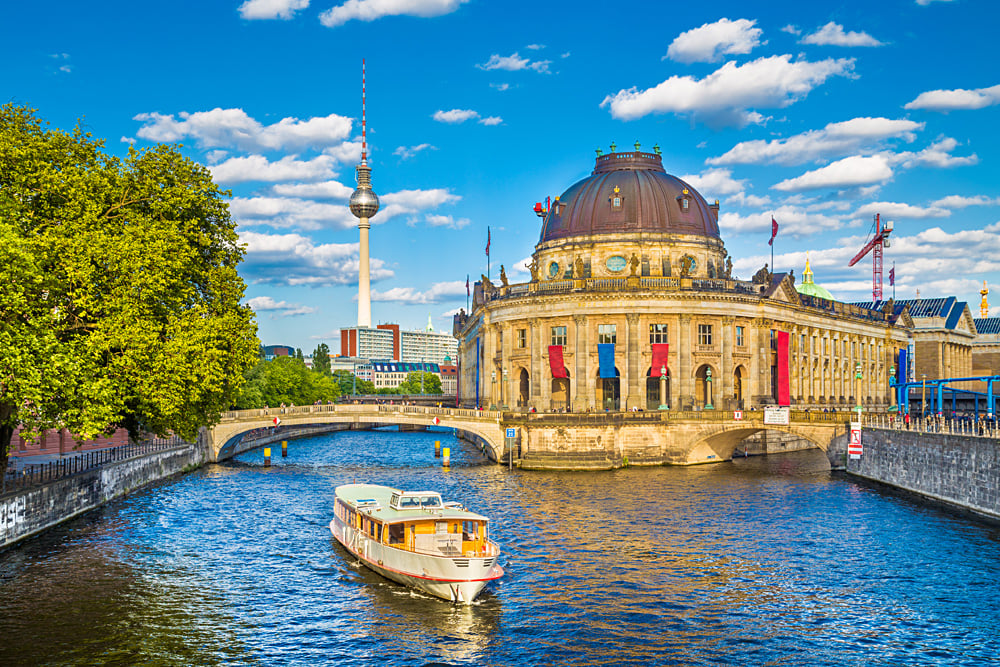
On a dream holiday, it’s easy to want to see it all, even when we know that won’t be possible. Cities like London, Tokyo, Paris, and Sydney wave dozens and dozens of world class attractions, museums, activities, and galleries in our faces before we even arrive. That can be intimidating when many itineraries allow only a day or two at leisure in these tent-pole stops.
There are however some strategies to focus your sightseeing and have a great visit without going crazy, or feeling like you’ve missed out.
Book extra time in major starting and finishing cities.
I know, I know… This is a luxury enjoyed by those not on tight vacation time budgets. But many tours through popular destinations like Australia, South Africa, Peru, Thailand, Japan, France, Spain, Italy, etc., depart from a capital or gateway city, which is usually a star destination in its own right. If it’s your first visit, try to give yourself a two night minimum in each one. That excludes days with activities planned as part of your tour itinerary. On that note, be sure not to waste your time at leisure on sights your itinerary will cover. Check with your agent if you’re unsure.
At least consider an extra day in your arrival city to relax and shake off any jetlag. In some destinations (looking at you, India), you may want an extra day or two just to adjust to the climate and sensory overload. If you can’t give your start and end destinations two extra days each, devote what time you do have to whichever one interests you more. Don’t try and split the time between them. Hopping too fast between lots of destinations just to tick boxes – either cities or attractions – can easily spoil your vacation.
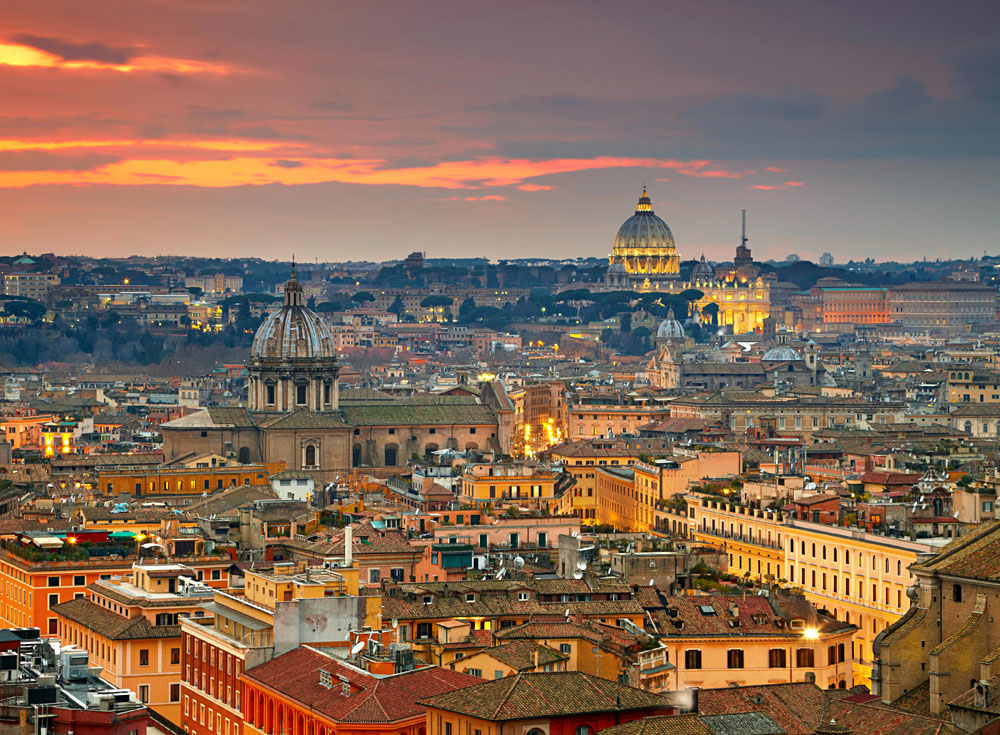
Focus on what interests you, with no apologies.
This is your trip. Even the best guidebook is a suggestion, not a manual. The Louvre is huge, so if roaming it doesn’t excite you, or you feel you don’t have time to do it justice, skip it. If Barcelona’s tapas bars sound more appealing to you than ogling Gaudi’s interiors, don’t devote two hours (including queuing) to a tour of Casa Batllo. Skip the London Eye and take in the free view from near Greenwich Observatory instead. Or do the London Eye and get the best view of the Houses of Parliament. The only ‘wrong’ way to visit any destination is one that sends you home feeling unsatisfied or frustrated.
Arriving in Madrid, my travel companion and I knew we preferred modern art to older masters. So we skipped the Prado Museum and instead got our art fix at the Museo Reina Sofia, home of Picasso’s masterpiece, Guernica. That left us plenty of time to explore Madrid’s tapas bars and Park Retiro, and to enjoy two very different walking tours (and… possibly stay out way too late in trendy Chueca). This was just the introduction to the city we wanted. The Prado will still be there, ready for a return visit, assuming we aren’t too busy enjoying Madrid’s many available day trips.

Travel is all about expanding our horizons, but that doesn’t mean suffering through a long queue for an attraction or sight we don’t really care about just because it’s popular, or because the guidebooks say we should. Done with churches or temples? Fine. Save that cathedral for another time. Likewise, don’t be ashamed of visiting something you want to see just because it’s ‘touristy.’ If you’re a mad Disney or Madame Tussauds fan, go ahead and put them on your list. If anyone tries to lecture you on authenticity, point out Madame Tussauds has been a beloved London institution since 1835!
Two or three big attractions or activities per day.
Some travel sites such as TripAdvisor, Visit a City, or even just Google, will give estimates of how much time to spend at individual attractions, but I don’t recommend relying on these to build your timetable. If you’re particularly enjoying a museum or attraction, you’ll want the freedom to linger. If not, you should feel free to leave early, or change your plans and swap in a local activity you only discovered on arrival. My favoured strategy is to choose two major attractions or activities per day (one in the morning, one in the afternoon) and plan around them. This allows plenty of time to cover a big attraction that takes 2-3 hours, such as a major museum, or a smaller one or two – leaving time for leisurely people-watching. If I’m feeling energetic, and I’m in a district with multiple attractions close by (such as Amsterdam’s Museumplein), then perhaps I’ll squeeze in more. If one of your activities is a tour, check the starting and end points and consider what’s handy nearby. Marking these points, along with your wish list sights on a map, can be another great way to work out the most natural flow for your itinerary. Remember to check operating and peak tourist times at attractions, when they’re available.
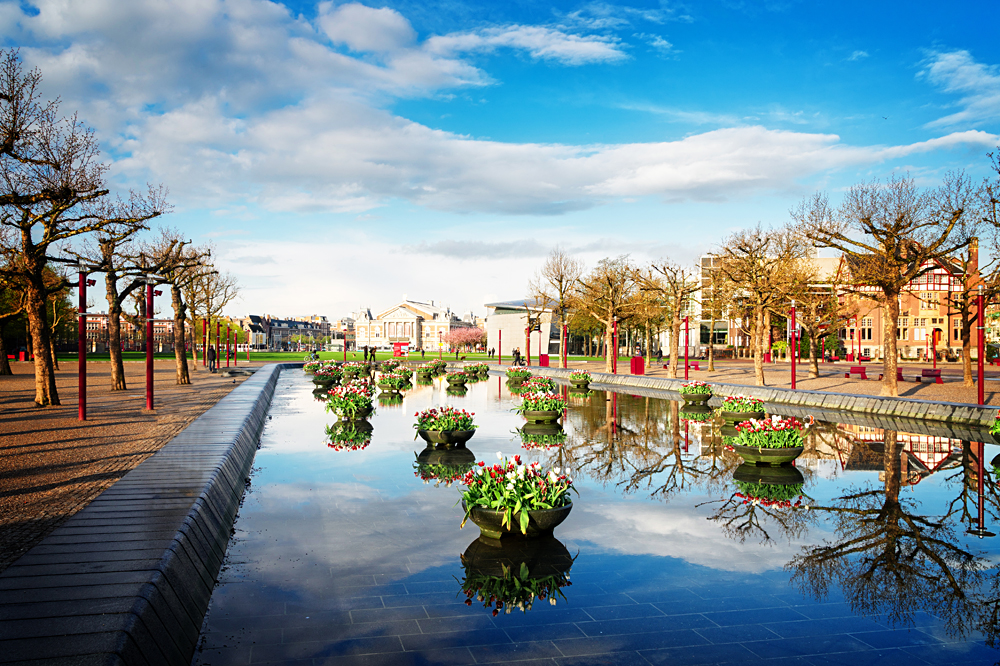
Lying about being the indoor type (Or, how to mix up your day).
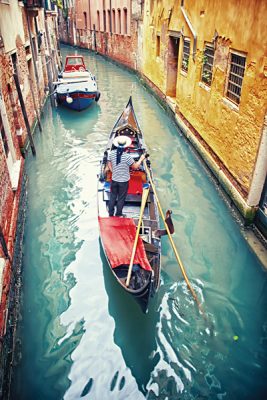
As I discovered in Berlin, an “all museums and no street life” trip can be pretty dull, no matter how good those museums are. I’ve found that one museum or gallery per day is my usual limit, preferably early in the day while I still have plenty of energy to focus. I’ll make an exception if two museums are handy and I don’t plan to spend hours in each one. For example, Amsterdam’s Van Gogh Museum is fantastic, but unless you’re a particularly devoted fan, you can see the whole thing in about 90 minutes, leaving plenty of time to roam the Rijksmuseum or Stedelijk.
In general, I’ve found combining one indoor activity with one outdoor experience (or walking tour) can be great for staying energized, and ensuring each day is as memorable as the one before. I also try to include at least one activity that’s unique to my destination. Don’t worry too much about it feeling like a cliché. Do a street food tour in Bangkok, or a gondola ride in Venice. Go see a tango show or take a tango class in Buenos Aires, or see a robot cabaret in Tokyo. If something piques your interest and you’re not going to have the chance to do it elsewhere, add it to your list. Just be sure to do your research, possibly with an agent’s help. Many ‘unique’ tourist activities come with a uniquely inflated price tag.
To pass or not to pass…
City passes, city cards, museum cards, tourist cards, museum passes… these have many different names and forms in various cities, but they come down to much the same thing. Pay a set amount for access to more attractions than you can hope to fit into the card’s validity period. The strategies you can use to get the most out of these are endless, and best left for a separate post. But here’s the short version. They can offer fantastic value if you have enough free time to use them, and most importantly, if they cover things you want to do. Many also cover public transport, making zipping around the city like a local (European cities in particular) a breeze.
They do, however, come with some caveats. Buying one can leave you feeling obligated to visit as many of the card’s listed attractions as possible just to get your money’s worth. So always check what’s covered against your own wish list, and don’t sacrifice something you really want to do just because it’s not included in the pass. Next, add up the regular admission prices for your wish list activities and compare the total to the cost of a pass that covers a realistic timeframe for them (Remember, no more than 2-3 major activities a day!). Remember to check if transit’s included, and consider the time you’ll save if the pass lets you bypass queues. Anyone who’s queued up for the Louvre or Vatican Museums, on their Europe vacation in high season, can vouch for the value in this! Of course, if you’re on a tour and guided visit, these often have express entry already arranged, so check before joining the queue or buying a pass.
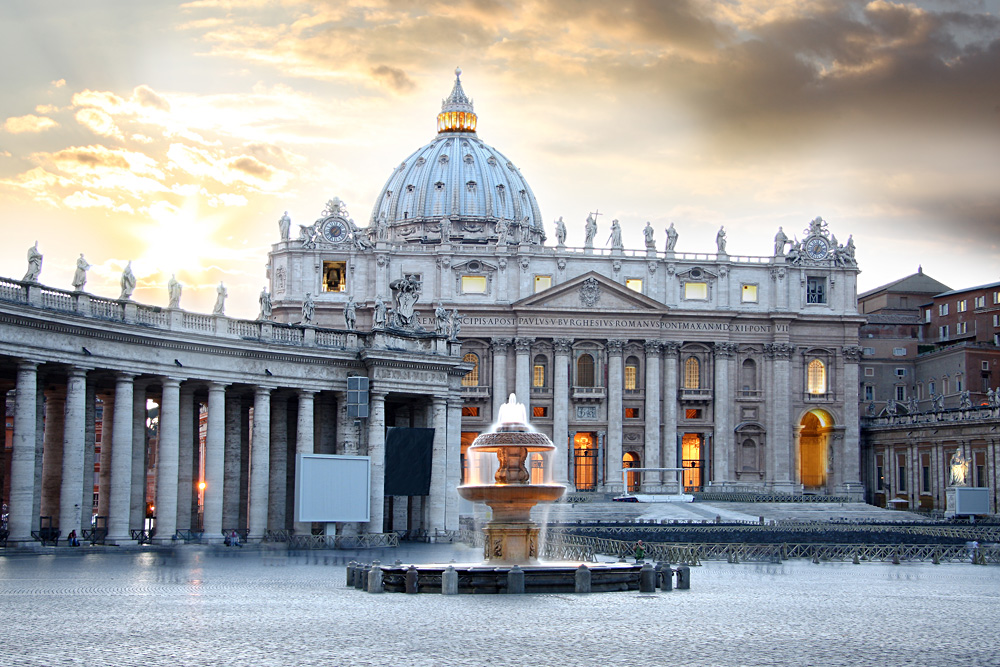
The final big question is simply, will you have time to see enough of what the card offers to make it worthwhile? For example, with only one day at leisure in London, on your Europe vacation, do you have time to see the three or four attractions it will take to cover the cost of the one-day London Pass? If you’re visiting three pricey, well-connected, central sights like the Tower of London, Westminster Abbey, and the Churchill War Rooms, then perhaps so. The total cost of this itinerary only just covers the cost of your pass, meaning queue-skipping is its main benefit. Swapping one of those attractions for Windsor Castle however, will leave just about anyone feeling rushed and exhausted from the extra three hours’ travel time. Also, needless to say, these cards are designed more for independent travellers than those who prefer to leave the planning to someone else.
Personally, my best experiences with the cards have been in Amsterdam and Copenhagen – both small, walkable, infamously expensive cities where the surprisingly affordable cards cover transit, along with most of the big-draw attractions, including a superb canal and harbour cruise. All up, I probably got about double the value out of my 2-day I amsterdam card compared to regular admission prices… though I did rush a few attractions and then slept through most of the following day’s train ride to Berlin!
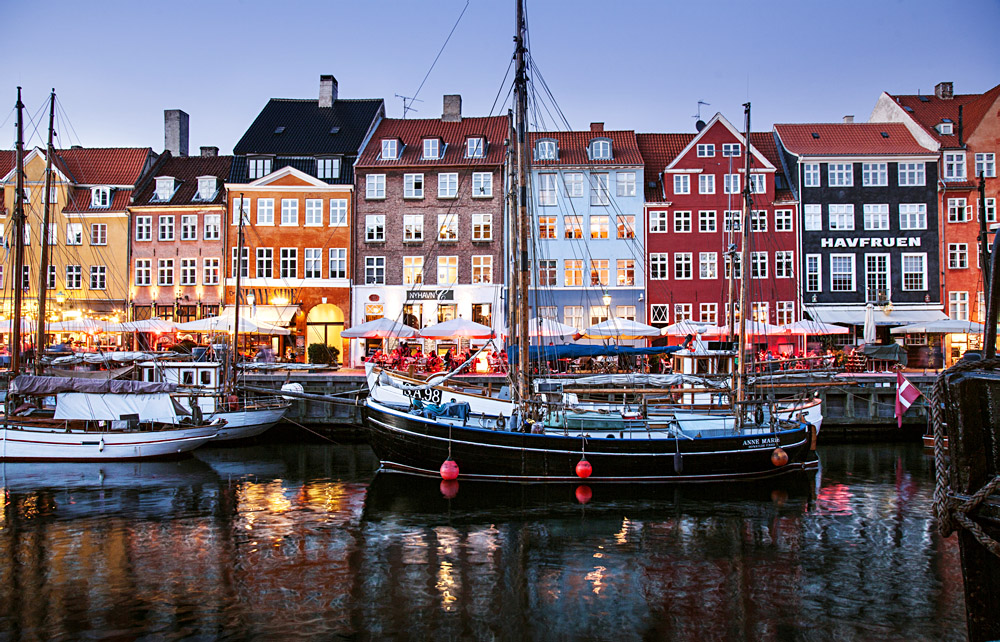
Get more travel inspiration by email.
Subscribe
0 Comments

Get the latest travel trends & hear about the best deals on vacations around the world.
If you’re a Globetrotter, these are the newsletters for you!



